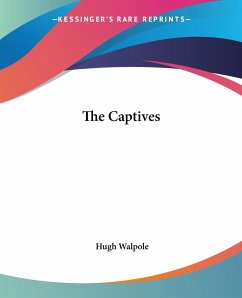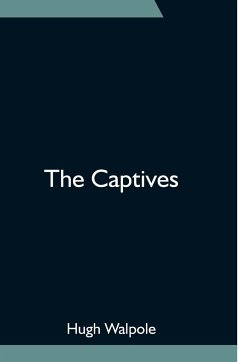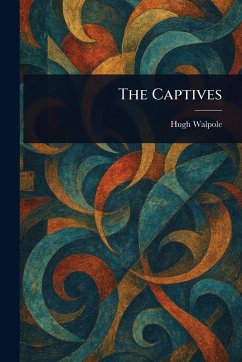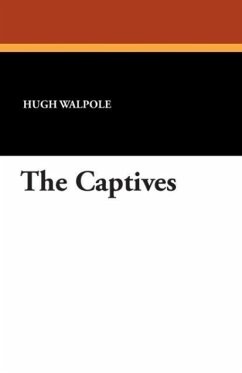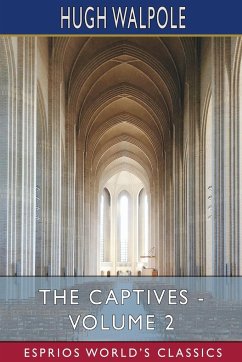Sir Hugh Seymour Walpole was an English novelist, born on March 13, 1884, in Auckland, New Zealand. He was the son of an Anglican clergyman, Rev. George Henry Somerset Walpole, and Mildred Helen Walpole (née Barham). Originally destined for a career in the church, Walpole found himself drawn to writing instead. His literary journey was significantly influenced by prominent authors such as Henry James and Arnold Bennett, who encouraged his writing. Walpole's works often reflected his deep understanding of human nature and the complexities of society. His notable literary career spanned several decades, with many of his novels gaining attention for their intricate plots and exploration of personal and societal conflicts. Walpole's writing includes themes of personal ambition, social expectations, and the human experience. He passed away on June 1, 1941, at the age of 57 in Keswick, United Kingdom. His works, including novels, short stories, and plays, left a significant mark on English literature, cementing his legacy as a key figure in early 20th-century fiction. He had two siblings, Robert and Dorothy Walpole.
